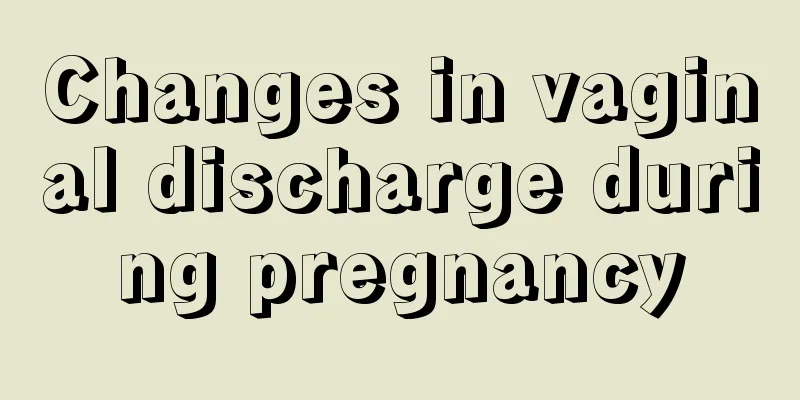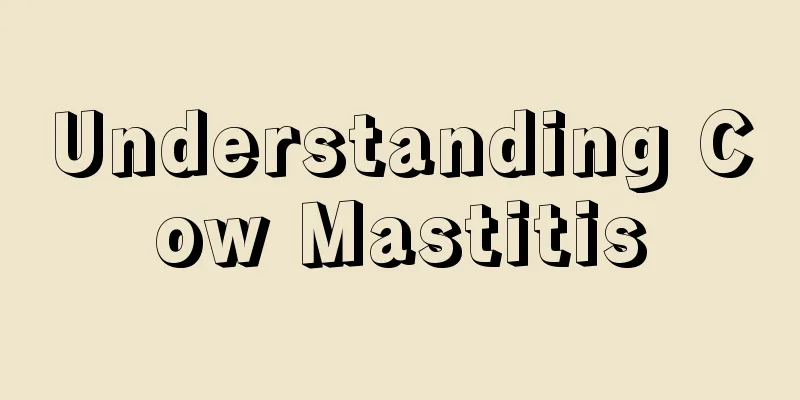Are your bones loose?

|
1. Definition of osteoporosis According to the definition of WHO, osteoporosis is a systemic bone disease characterized by low bone mass, damaged bone microstructure, increased bone fragility and susceptibility to fractures. 2. Serious harm of osteoporosis A serious consequence of osteoporosis is osteoporotic fractures (brittle fractures). Data show that within one year after a hip fracture, 20% of patients die from various complications, and about 50% of survivors become disabled and unable to take care of themselves. Their quality of life is significantly reduced and their medical expenses are huge.
3. Clinical manifestations of osteoporosis ①Pain: back pain or pain in bones all over the body; ② Spinal deformity: Severe osteoporosis may cause shortening of height and hunchback, spinal deformity and limited extension; ③Fracture: Fragility fracture refers to low-energy or non-violent fracture, such as falling from a high position or less than a high position or fracture caused by other daily activities. 4. How to assess the risk of osteoporosis International Osteoporosis Foundation (IOM) Osteoporosis 1-minute test (1) Have you ever injured your bones due to a minor collision or fall? (2) Have your parents ever suffered a hip fracture from a minor collision or fall? (3) Do you often take hormonal drugs such as cortisone and prednisone for more than three consecutive months? (4) Is your height more than 3 cm shorter than when you were young? (5) Do you often drink heavily? (6) Do you smoke more than 20 cigarettes a day? (7) Do you have frequent diarrhea? (Caused by digestive tract disease or enteritis) (8) Female answer: Did you go through menopause before the age of 45? (9) Female answer: Have you ever had no menstruation for more than 12 consecutive months? (Except during pregnancy) (10) Male answer: Have you ever had symptoms such as impotence or lack of sexual desire? As long as the answer to any one of the questions is "yes", it is positive, which means a high risk of osteoporosis. Osteoporosis Self-Screening Tool for Asians OSTA index = (weight-age) × 0.2 OSTA Index of Risk Levels Low > -1 Medium -1~-4 High < -4 5. Who needs a bone density test? ① Women aged 65 years and over and men aged 70 years and over, regardless of whether they have other osteoporosis risk factors: ② Women under 65 years old and men under 70 years old, with one or more osteoporosis risk factors; ③ Male and female adults with a history of fragility fractures and/or a family history of fragility fractures; ④ Male and female adults with low sex hormone levels due to various reasons; ⑤ Those with osteoporosis changes on X-rays; ⑥ Those receiving osteoporosis treatment and undergoing efficacy monitoring; ⑦ Have a history of diseases that affect bone metabolism or use of drugs that affect bone metabolism; ⑧ IOF osteoporosis risk one-minute test answer result is positive ⑨OSTA result ≤-1. 6. Diagnosis of osteoporosis There are two diagnostic criteria for osteoporosis, and osteoporosis can be diagnosed if one of them is met. First, a brittle fracture has occurred; second, the bone density measurement (dual-energy X-ray absorptiometry) meets the diagnostic criteria for osteoporosis. As long as there is a history of brittle fractures, no matter what the bone density value is, it can be diagnosed as severe osteoporosis. |||| 7. The key to preventing osteoporosis: nutrition + sunlight + exercise Nutrition: A balanced and comprehensive diet can promote bone synthesis and calcium deposition. Calcium-rich: Eat more foods rich in calcium. The recommended intake is 800 mg per day. Pregnant and lactating women should take calcium supplements according to the doctor's instructions. Low salt: Too much sodium will increase calcium excretion and lead to calcium loss, so a light and low-salt diet is recommended; Moderate protein: Protein is an important raw material for bones, but excessive intake will increase calcium excretion. It is recommended to consume a moderate amount of protein; Multiple vitamins: Vitamin C, vitamin D, vitamin K, etc. are beneficial to the deposition of calcium salts in bones and improve bone strength; Sunlight: Sunbathing helps synthesize vitamin D and promote calcium absorption and utilization. It is recommended to sunbathe for 20 minutes to half an hour every day, preferably in two "half-times", from 6 to 10 in the morning and from 4 to 5 in the evening, when the sunlight is gentle and appropriate. Note that sunbathing behind glass indoors or with sunscreen or umbrellas outdoors will cause a large amount of ultraviolet rays to be absorbed, which will not have the desired effect; Exercise: Weight-bearing exercise allows the body to achieve and maintain maximum bone strength; Weight-bearing exercise: Proper pressure on bones can increase and maintain the content of calcium salts and other minerals in bones, thus improving bone strength. On the contrary, when there is a lack of exercise (such as patients who have been bedridden for a long time or have suffered a fracture), calcium in the body will gradually be lost, and bone strength will also decrease. Regular exercise can also increase muscle strength and improve body coordination, making it less likely for middle-aged and elderly people to fall, and reducing the occurrence of accidents such as fractures. Smoking: It not only affects the intestinal absorption of calcium, but also directly promotes bone loss; Alcoholism: Excessive alcohol consumption can indirectly affect the synthesis of vitamin D in the body by damaging the liver; it can also affect the synthesis of other hormones in the body, indirectly leading to osteoporosis; Caffeine: Drinking too much coffee, strong tea, Coca-Cola, etc. will lead to excessive intake of caffeine and increase calcium excretion; Drugs: Long-term use of glucocorticoids, anti-epileptic drugs, heparin and other drugs can induce osteoporosis. 8. Indications for drug treatment of osteoporosis Postmenopausal women and men over 50 years of age should start treatment if they: ① Those with hip and lumbar fractures (osteoporosis or osteopenia, drug treatment can reduce the risk of secondary fractures); ②BMD T≤-2.5 (osteoporosis); ③Drug treatment can reduce the risk of fractures; ④BMD T value is -1.0-2.5 (bone mass reduction); ⑤FRAX predicts a 10-year hip fracture risk ≥ 3% or a 10-year osteoporosis-related fracture risk ≥ 20%. 9. Main drugs for the treatment of osteoporosis (1) Drugs that inhibit bone resorption: mainly bisphosphonates, calcitonins, estrogens and selective estrogen receptor modulators. Bisphosphonates are the most widely used anti-bone resorption preparations. Among them, zoledronic acid has a strong effect of inhibiting osteoclast activity and reducing bone resorption, which can significantly reduce the risk of fractures. Zoledronic acid is used to treat osteoporosis in postmenopausal women. The recommended dose is 5 mg per intravenous drip once a year. (2) Drugs that promote bone formation: mainly parathyroid hormone, which is used to treat severe osteoporosis, can increase bone density and reduce the risk of vertebral and non-vertebral fractures. Blood calcium levels should be monitored during treatment to prevent hypercalcemia, and the treatment period should not exceed 2 years. (3) Drugs with multiple mechanisms of action: including strontium salts, active vitamin D and its analogs, and vitamin K2. Taking calcitriol (active vitamin D) as an example, it can promote bone formation and mineralization and inhibit bone resorption, which is beneficial for increasing bone density, increasing muscle strength and balance ability in the elderly, reducing the risk of falls, and thus reducing the risk of fractures; long-term use should pay attention to monitoring blood calcium and urine calcium levels. |
<<: What can save you—Alzheimer’s disease which cannot be cured?
Recommend
Can I perm my hair when I have my period?
Perming hair is one of the methods adopted by mod...
Female urine ketone weak positive
If a woman's menstruation is delayed for a lo...
What is the correct sleeping posture after minimally invasive breast surgery?
Women's breasts may develop many diseases, su...
First aid for tooth loss and trauma
Author: Wang Xinyu School: Harbin Medical Univers...
What can pregnant women find out by doing cardiac ultrasound?
For women, pregnancy is a normal physiological ph...
Why does milk coagulate after heating? Can papaya milk still be eaten if it coagulates and turns bitter?
There are two ways to preserve milk on the market...
What are the contraindications of using ramie root to stabilize pregnancy?
In traditional Chinese medicine, ramie root is a ...
Reminder! Don’t take skin itching lightly, it may be a “danger signal” sent by the body!
Itching is a very common manifestation of physica...
Does the smell of rotten eggs itch down there?
Gynecological diseases are very common in life, e...
Can I eat hazelnuts during menstruation?
We know that menstruation is a good friend that w...
What medicine is used to treat uterine itching
Many women will have a condition called uterine g...
Why do we eat Qingtuan? Is Qingtuan made of mugwort?
Qingtuan is a traditional snack eaten by people i...
How to care after partial uterine septum surgery
Female friends may develop a gynecological diseas...
What does it mean if the internal examination is painful?
Women need to do a lot of tests during pregnancy....
After knee replacement surgery, how should the elderly adjust their lifestyle to promote recovery?
Knee replacement surgery is a common surgery to t...









